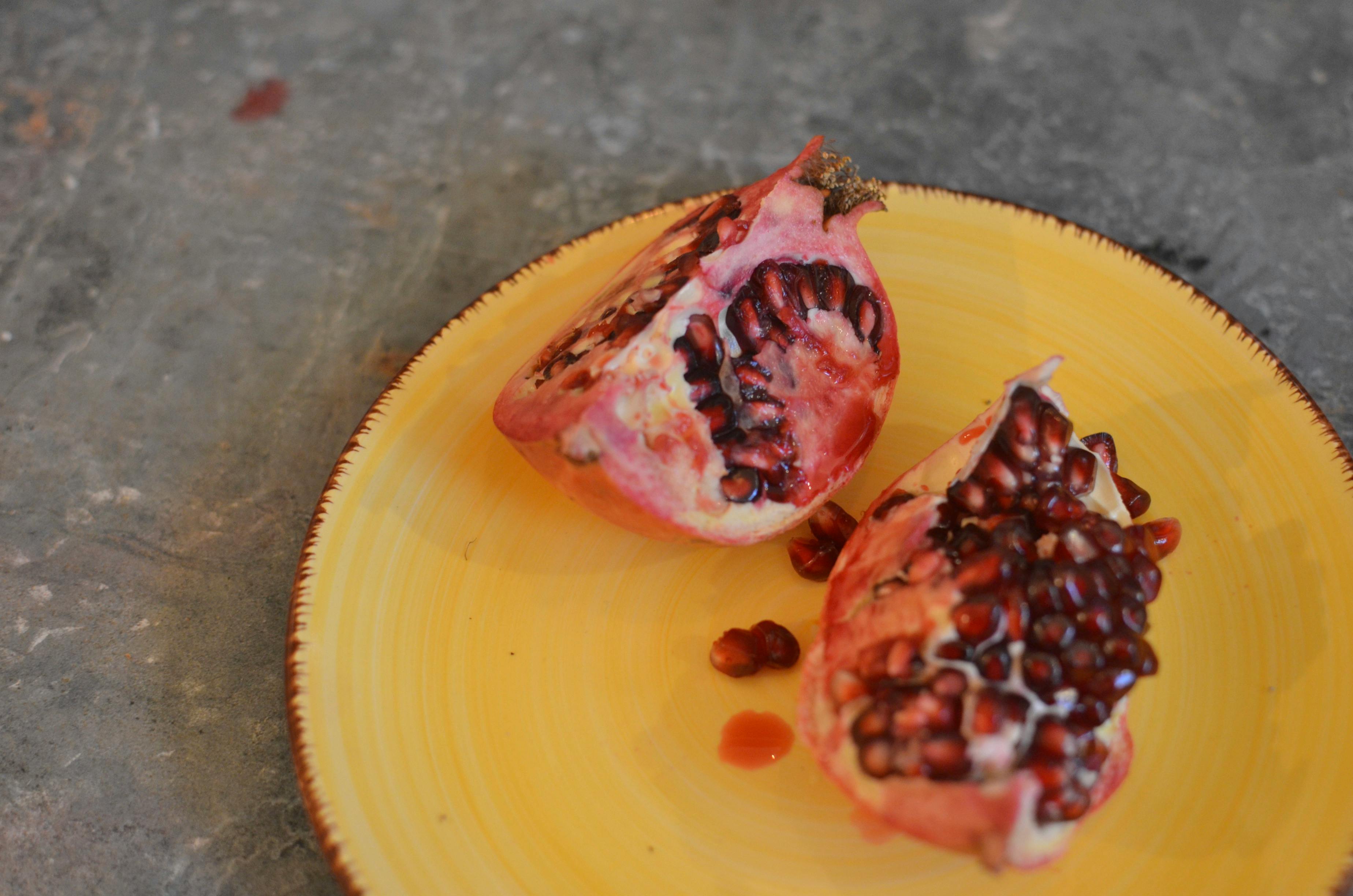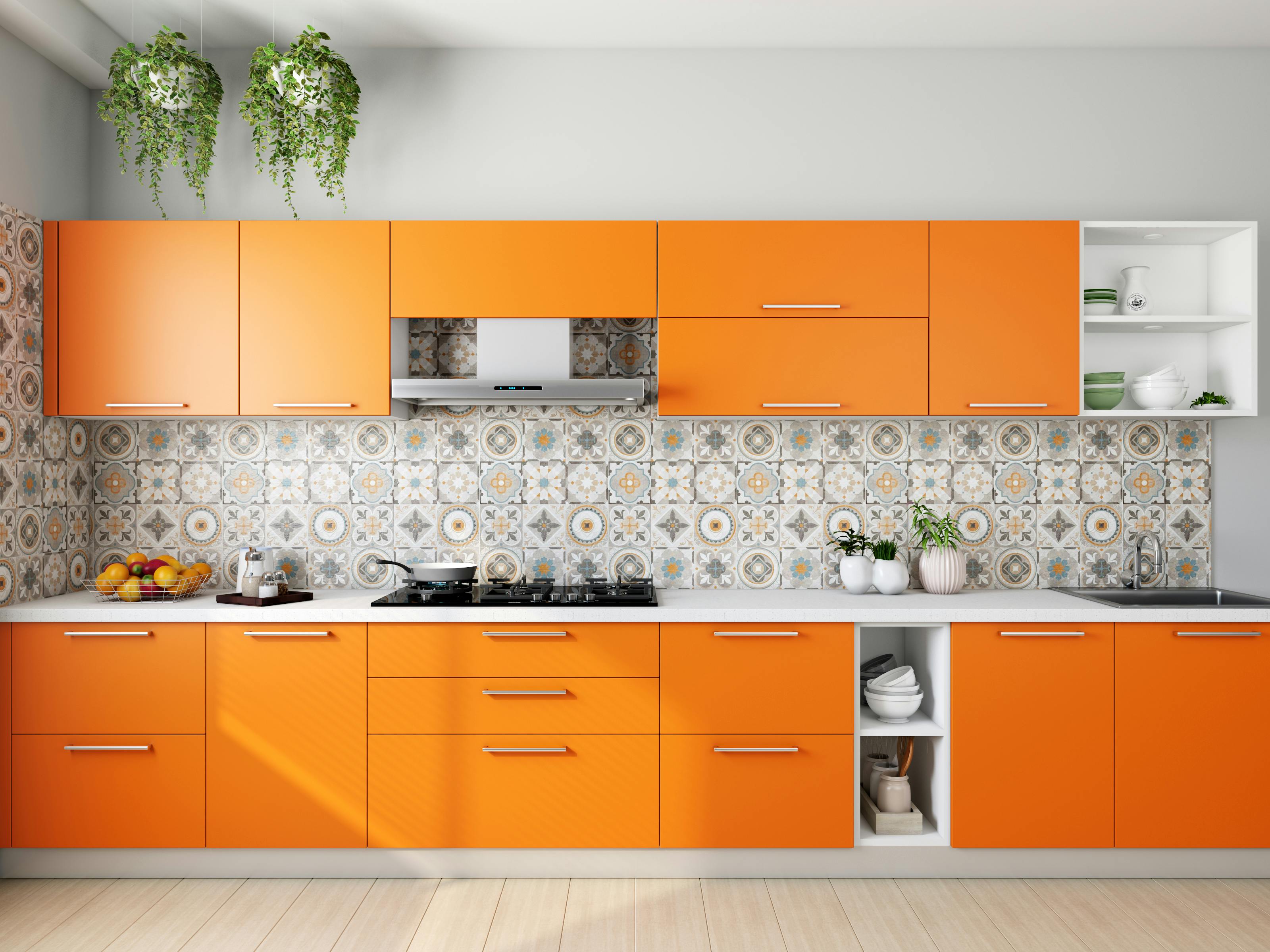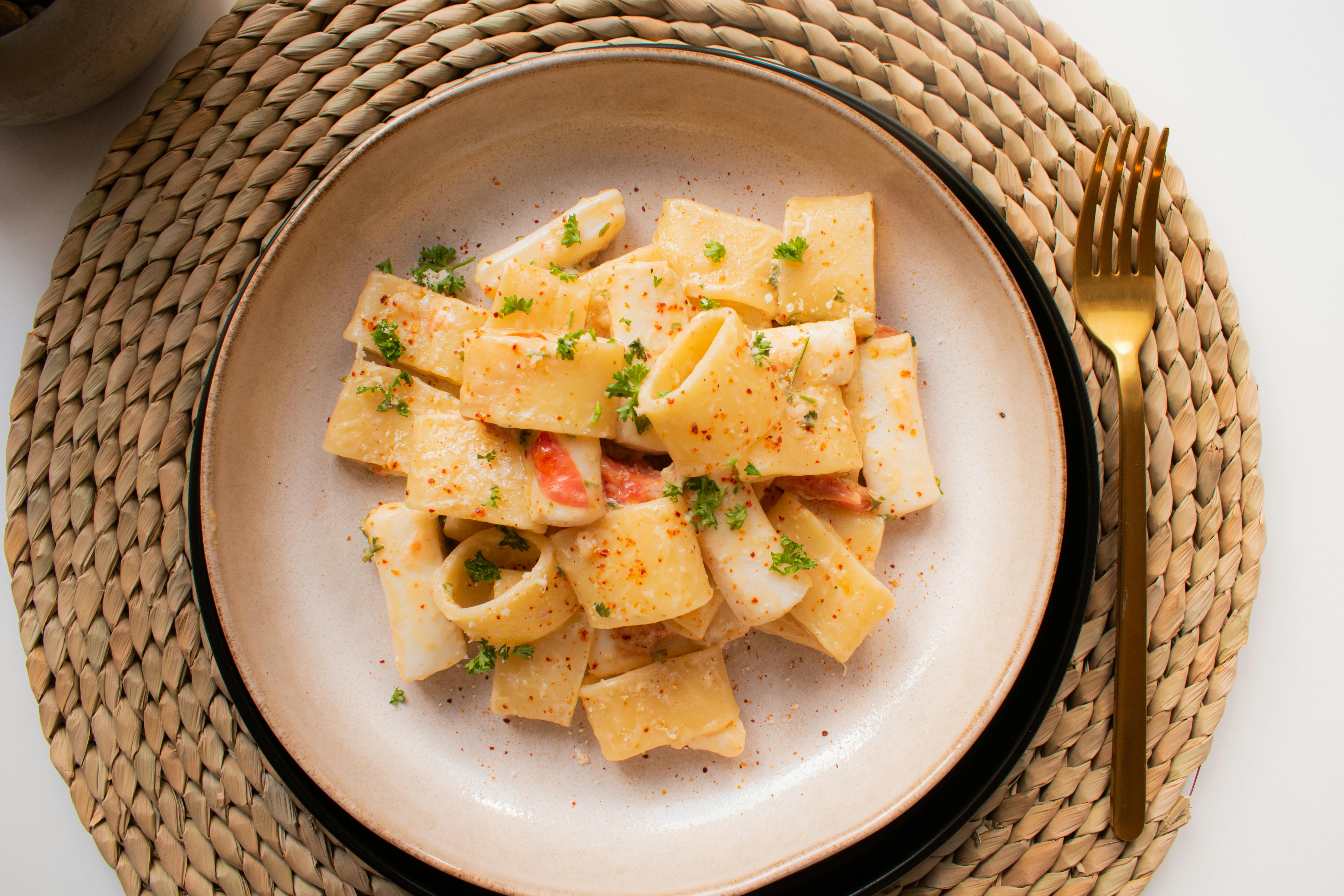Range hoods are a must in any kitchen. A properly installed range hood enhances the cooking experience by venting hot air and kitchen odors to the outside, as well as helping to keep kitchen surfaces grease-free. Range hoods can also help remove other pollutants from the air in your kitchen.
A good range hood is an important kitchen tool for both safety and comfort. Hood options can range from basic ductless wall mount units to systems with lights, timers and easy-to-clean surfaces.
Hoods come in many styles, stainless steel, tile, or paneling to match your kitchen cabinets.
An important aspect to consider when choosing the right type of range hood for your kitchen is your current ventilation system. The following would be the size, location and quality of the range hood you are looking for. High-tech fans are used for smoke outsourcing. Some range hoods offer excellent carbon filtration, others have more cost-effective built-in fans to push hot air toward ceilings.
There are two main types of range hoods: vented and recirculated (or unvented). A vent hood is a bit more complicated to install, as it requires a connection to an exhaust duct. The ventless range hood simply blows air back into the room and all you need is an electrical connection. It is considered the most basic system but also the least efficient.
Slim line hood designs are available that are hidden under cabinets that slide out when in use. Another type of range hood can be used as a microwave shelf with the fans underneath.
Another type of hood design can incorporate a microwave mounted on the wall above the stove.
Whether performance or design is important to you for the serious cook, making the right choice of kitchen range hood is important.
Other types of hood systems include updraft and downdraft systems. Updraft systems draw the air through a filter and then vent it along the ducts to the outside. Downdraft systems are generally located on the top of the range near the burners. Downdraft units use one or more fans, which draw air through a filter into the ducts.
The hood or vent should be at least as wide as the top of the range. If you are designing a kitchen range hood, you must first select the ventilation unit. The range hood must be designed to allow enough space for the fan and required ducts to vent to the outside.
Because range hoods collect grease and filter smoke from the air, range hoods need to be cleaned frequently. Any exposed parts, including blades and internal filters, can be cleaned with sponges and soapy water and dried with a cloth. However, you should never clean with abrasive cloth or pads. You can clean exposed metal with an ammonia / water mixture if necessary. Wire mesh filters can be removed and soaked in a wash solution for a few minutes, then sponged, rinsed and dried before being placed back in the hood.









